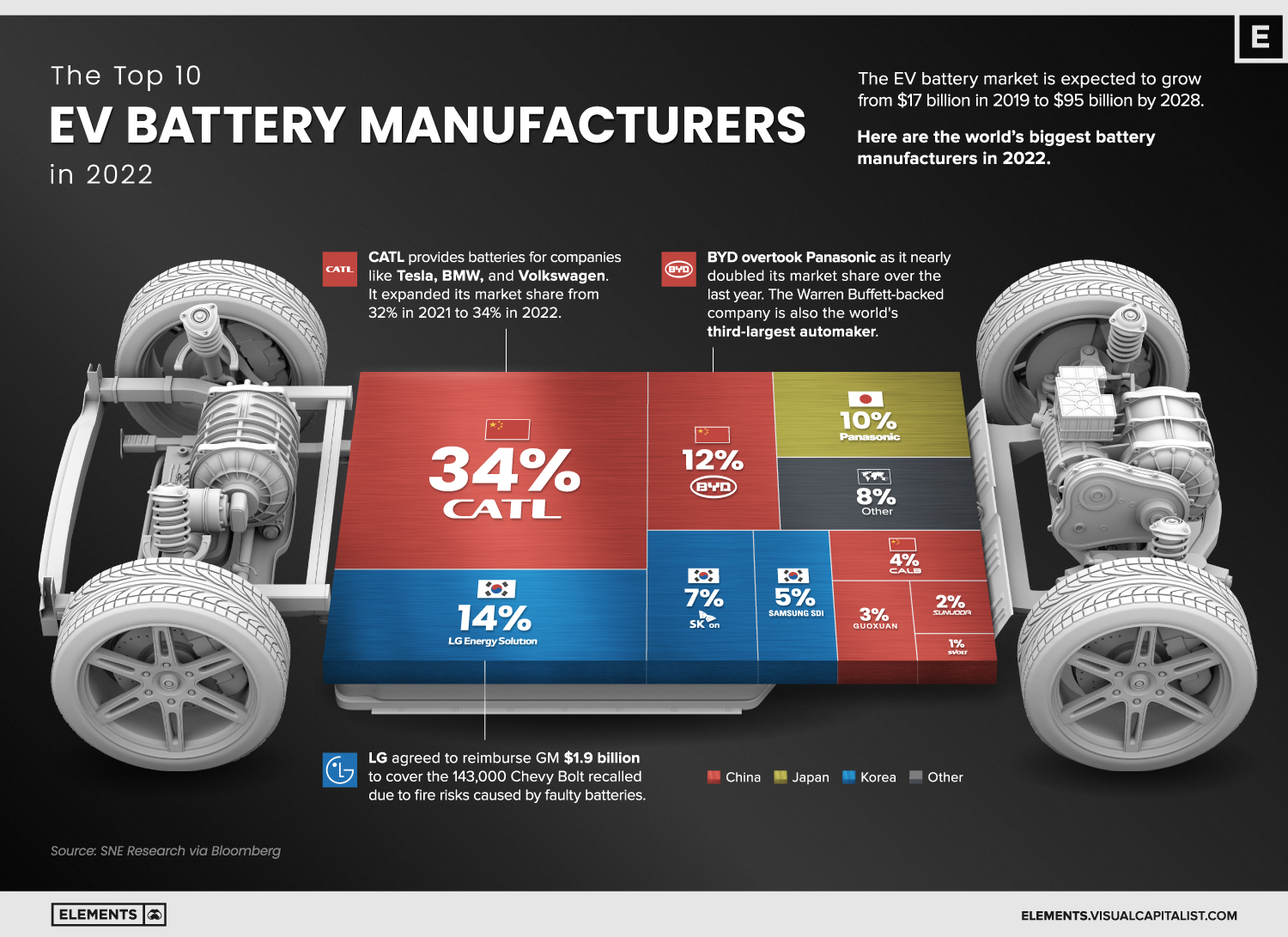One of the key factors with electric vehicles is that battery storage needs to be both ample and efficient. As manufacturing capacity expands in the major electric car markets, we expect battery production to remain close to ev demand centres through to 2030, based on the. Whether the cars of the future are autonomous or manually driven, and whether they are individually owned or shared, they will almost inevitably be electric.
How Will Flying Cars Change The Way Of Future Travel New Jetpowered Concept Vehicle Is And It’s Not Too
My Future My Career My Responsibility Readup
Why Should I Care About The Future Green Movement Broken Down Key Terms Defned
Sila Nanotechnologies, Tesla and other new players in lithiumion
Many electric vehicles are powered by batteries that contain cobalt — a metal that carries high financial, environmental, and social costs.
As a result, the rising demand for.
Many electric vehicles are powered by batteries that contain cobalt — a metal that carries high financial, environmental, and social costs. The race is on to generate new technologies to ready the battery industry for the transition toward a future with more renewable energy. Demand is growing quickly as they are adopted in electric. Explore the future of battery technology.
The batteries are too heavy and. The advance opens up a new approach to. Both ptfe and pe (polyethylene) are seen as effective. From increased mileage to decreased emissions, the.

Expect new battery chemistries for electric vehicles and a manufacturing boost thanks to government funding this year.
Mit researchers have now designed a battery material that could offer a more sustainable way to power electric cars. Electric cars are supposed to be the future, but they still have issues that are keeping away many car buyers. The range is too short. They are a reality we’re living.
Polyamides, polypropylene, polyurethane, and pvc.








